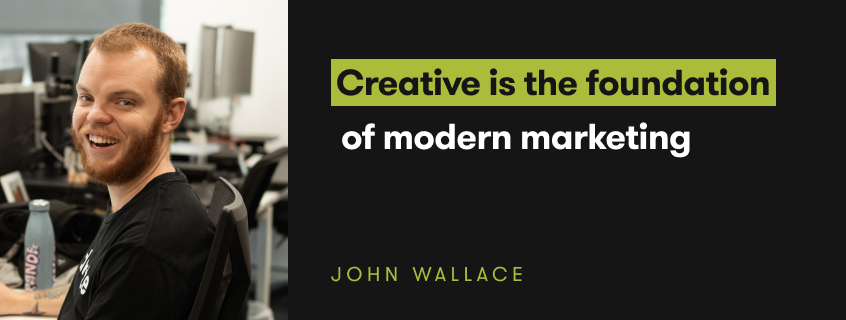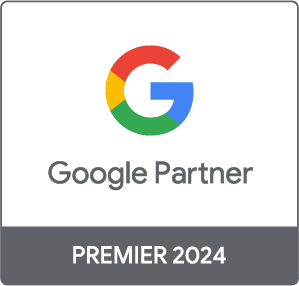

Marketing is always evolving. A decade ago, data, targeting, and algorithms were so powerful that people wanted to rename the whole category “digital” marketing. They’re table stakes now—an assumed part of a proper modern marketing strategy. But maybe more importantly, they’re also far less effective. When few marketers were highly skilled at getting the most from complex platforms, it was easy to outperform the competition through technical ability alone. So what’s the key to success today? Creative.
Creative is what separates the good from the great, and the memorable from the forgettable. A statement that harkens back to the golden age of advertising, when the difference was in the execution. In a crowded marketplace, where audiences are bombarded with messages, creative isn’t just a factor—it’s the driving force behind campaigns that truly stand out, connect, and deliver measurable results.
This guide dives headfirst into the undeniable re-emergence of creative as the foundation of effective marketing. You’ll discover why it’s (once again) no longer optional, how it’s shaping the future, and how leading global brands are doubling down on messaging, meaning and creativity to drive growth.
Creative is no longer a luxury in digital marketing—it’s the core driver of success. It’s what grabs attention, builds trust, and moves audiences to action in ways data alone never can. While metrics and targeting set the foundation, it’s creative that breathes life into campaigns, making them unforgettable.
The brands that win today are the ones that prioritise creative that not only connects with audiences but also adapts to changing behaviours and platforms. Creative must do more than look good—it needs to inspire, resonate, and drive measurable results.
At Dilate, we don’t just design campaigns. We craft comprehensive strategies that align bold creative with performance-driven execution. Our approach ensures your marketing doesn’t just work—it evolves, endures, and delivers long-term impact.
If you’re ready to stop running campaigns and start building a strategy that transforms your brand, let’s talk.
what our clients are saying
create business. better everyday.
Let's Talklearn from the best minds in the business
Bodie provides some insight into Dilate's internal operations. How we approach what we do, and how we strive to be Better Everyday.





